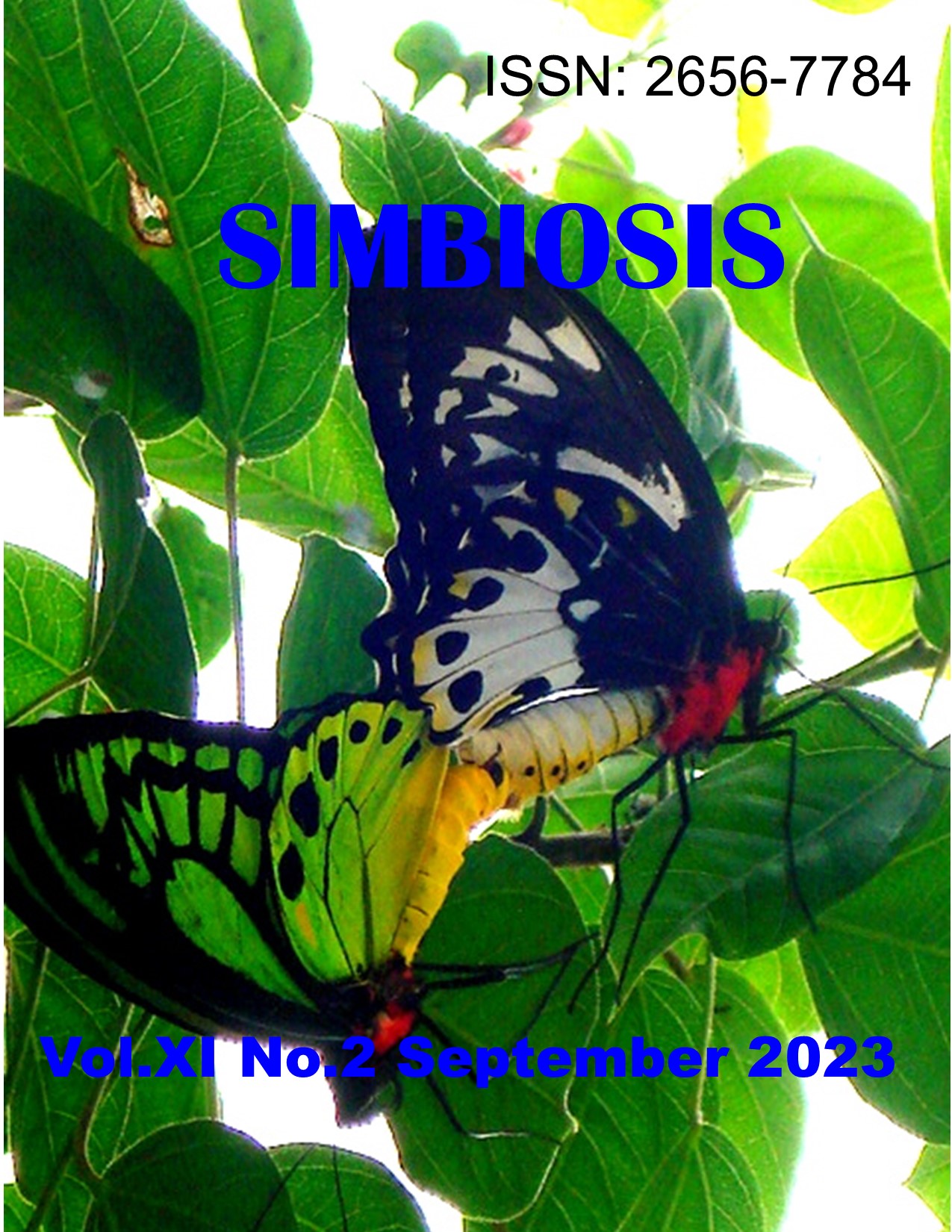PERBANDINGAN KARAKTERISTIK BIOLOGIS KOPEPODA Acartia spp., Tisbe spp. dan Oithona spp.
Abstract
Copepods are one of the most abundant types of zooplankton from the Crustacean class in nature, their existence is the key to the survival of biota at a higher level by being a source of food for various types of fish larvae and shrimp. However, the large potential utilization of Copepods for the fishing industry, especially hatcheries, is not accompanied by information regarding the most optimal species for mass development. This study aims to determine the comparison of morphological characteristics between the copepods Acartia spp., Tisbe spp. and Oithona spp. which can be used as a reference for the development of copepods as an alternative natural feed for fish larvae. This research was conducted at the Gondol Maritime Cultivation Research and Fisheries Extension Center (BBRBLPP) from July to December 2019. Copepod sampling was carried out at BBRBLPP's experimental ponds in Pejarakan Village, District Gerokgak. Based on this research, it is known that the distinguishing characteristics between Acartia spp., Tisbe spp. and Oithona spp. are body size (length and width), length and number of segments in the antenna, number of eggs and number of segments in the urosome. Body of Acartia spp. has the largest maximum size (length 0,86±0,3 µm; width 0,36±0,11 µm) compared to Tisbe spp. (length 0,75±0,2 µm; width 0,24±0,07 µm) and Oithona spp. (length 0,4±0,14 µm; width 0,1±0,04 µm).
Downloads

This work is licensed under a Creative Commons Attribution 4.0 International License.










